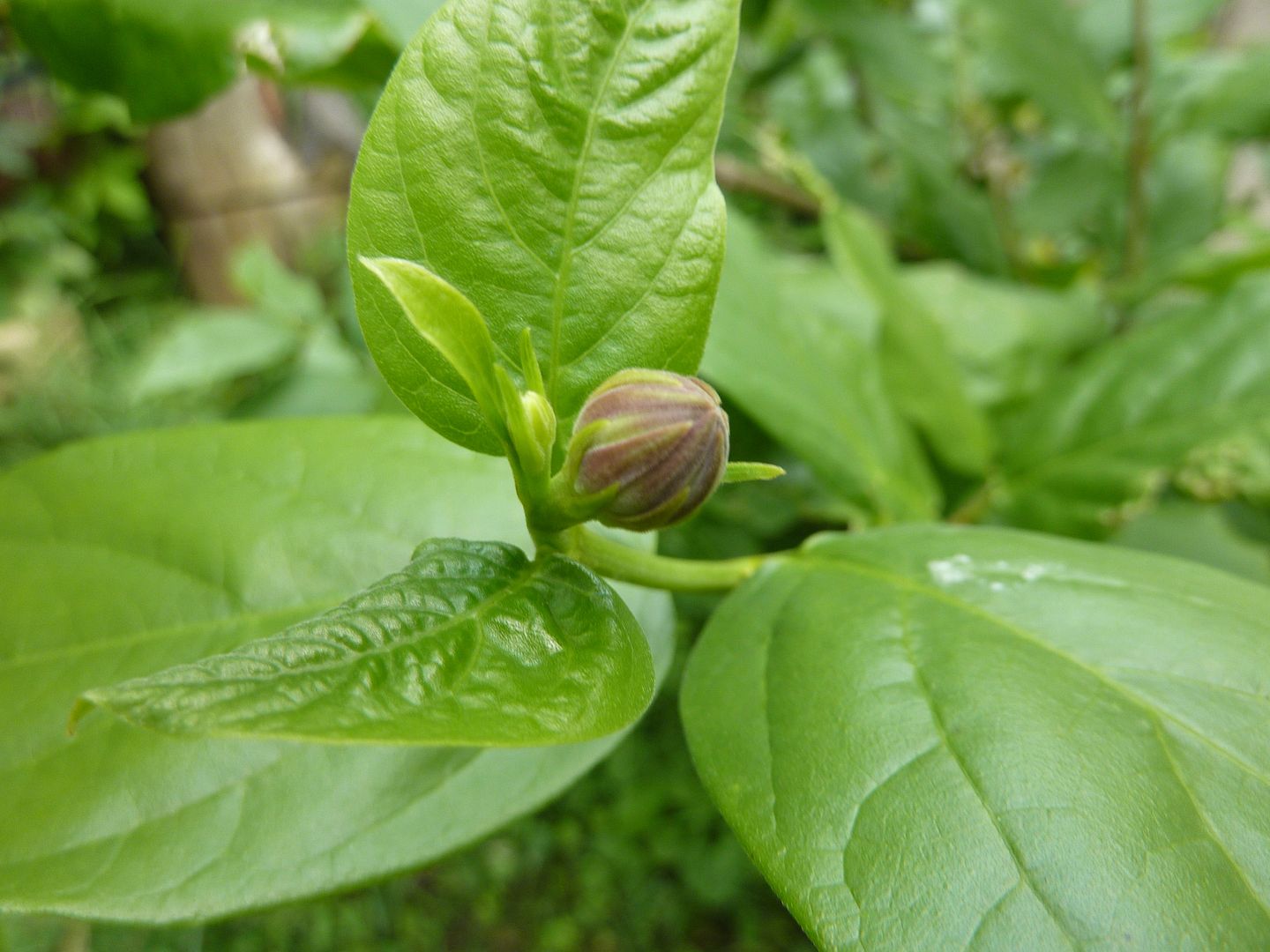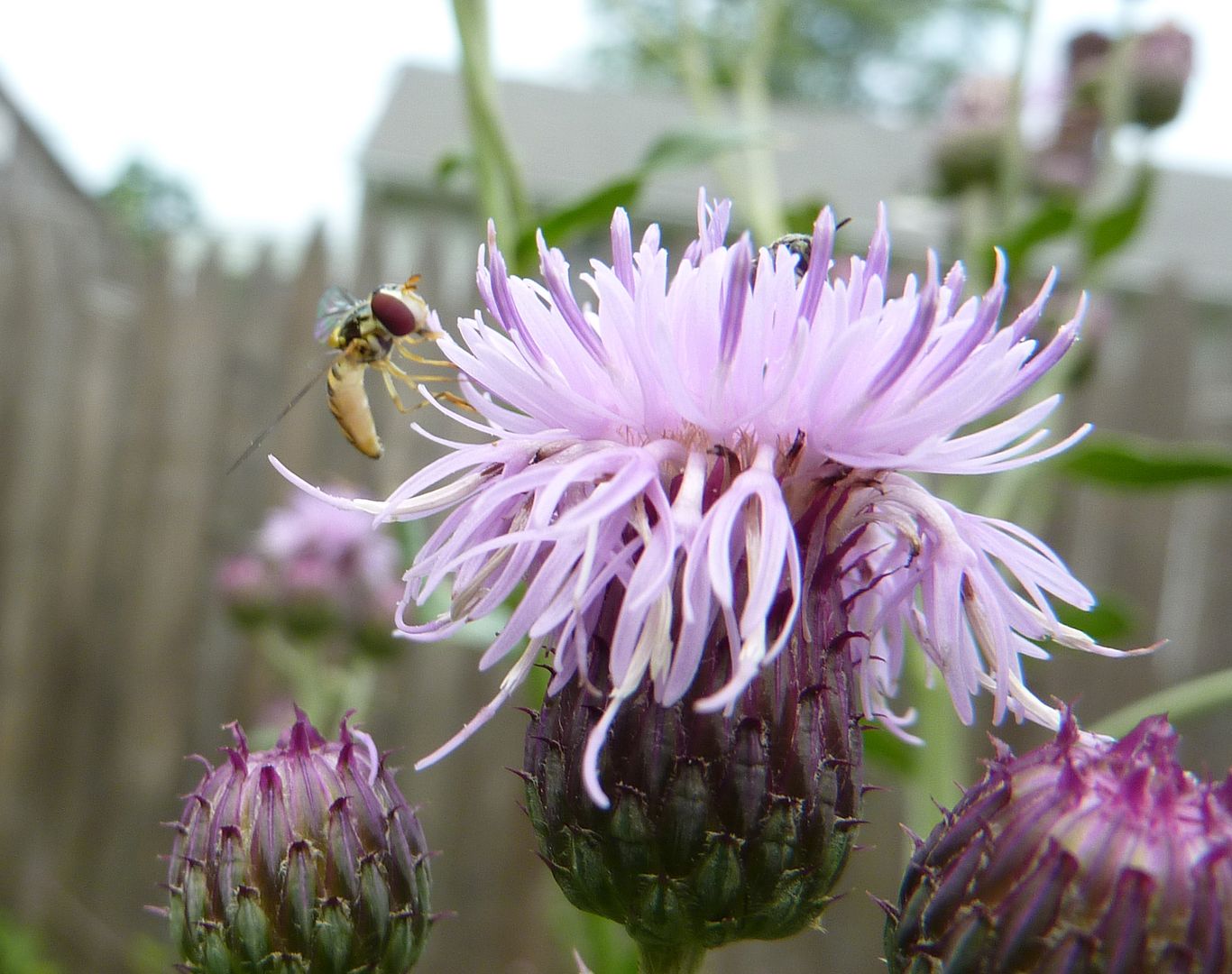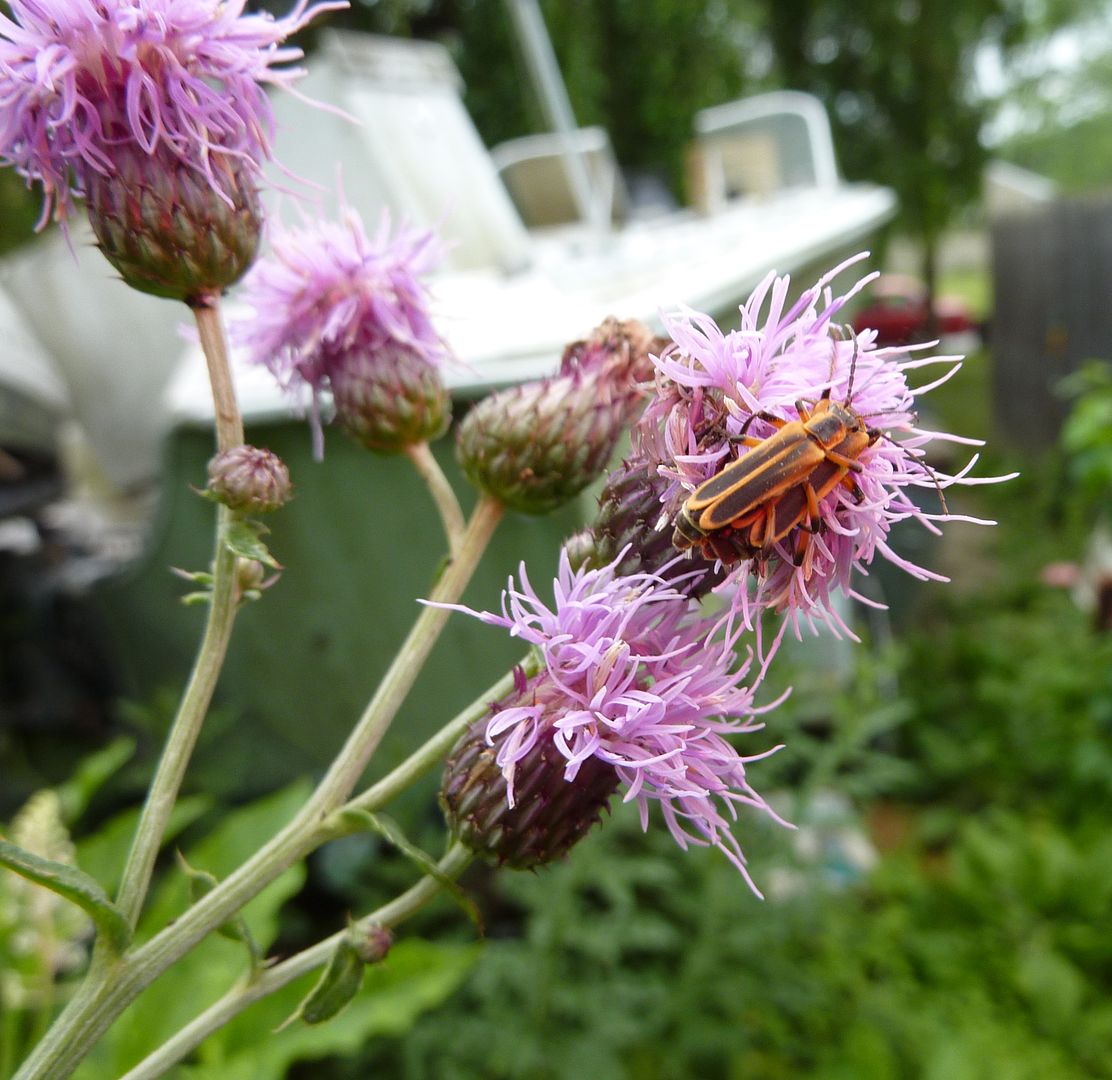So you may have noticed there is a sudden halt to the Prairie Plants are Blooming Yay theme. I was trying to keep a succession of bloom going but it's actually kind of hard to do this year. We had a harsh winter here with record snow falls, and then the month of May had record highs. This confused a lot of plants. Case and point I have an Aster blooming out in the yard that would otherwise normally bloom in August at the earliest. There are other cases too.
Asclepias incarnata, Swamp Milkweed, is finally blooming. It should have had been doing so a few weeks ago but the harsh winter not only killed some of the young plants but the adult plants came back weaker. So their bloom this year is nothing spectacular. Only 1 in 4 plants seem to be unaffected.
Asclepias tuberosa, Butterfly Weed, (I have a yellow form) is blooming strong though and does seem to be on a normal cycle. So it's good to have diversity even within a genus.
My friend has a Magnolia tree, one of the Asian imports that explodes in spring into a huge cloud of blooms. And it's decided to bloom again for some reason. April is normal for this plant but July is unheard of. It's more normal for our native Magnolias, which are typically evergreen and don't have anywhere near as many flowers.
The Liatris is finally putting on flower buds. This is kind of normal I suppose for now but they should be taller than what they are.
Basically I'm sitting on a ticking time bomb of blooms waiting to explode.
The Buttonbush, Cephalanthus occidentalis, is about to bloom right along side the Joe Pye Weed. The Liatris will likely bloom during this craziness as well as just about every coneflower in the yard.
This spring has been such a drought of flowers that I'm tolerating the thistle to bloom. One plant of this flowering can lead to fifty more over the next three years weather you allow the parent plant to flower during the fallowing two years or not.
I'd tolerate thistle more if they weren't covered in so many thorns! They're otherwise neat plants, butterflies love them, beneficial insects flock to them. If it wasn't for the thorns this would be a plant for everyone's garden.
Another reason I'm tolerating the bloom is the patch is right next to my newly planted Persimmon tree.
Which has just now (July!) decided to bud out. My understanding is this is normal for new plants, but it's unclear if this applies to adult trees. This is a native species, Diospyros virginiana. Normally the ones bought in stores are imported from Asia. If they're not super soft and squishy, they're not ripe. Asian Persimmons are "self pollinating" so you only need one tree. That is to say it doesn't matter if the flowers are pollinated or not, they'll produce fruit almost 100% of the time. Unpollinated Persimmon fruit is naturally seedless.
Persimmons native to North America all require pollination from another plant... and I want to say it's male and female trees! Not just two of the same species, gender matters. However, I've bought a cultivar named "Meader" which is said to be 70% self pollinating. What 70% applies to has yet to be seen, rate of self pollination? individual trees? but should fruiting fail it will give me the chance to try buy another native persimmon and attempt grafting.
We're getting ahead of ourselves though, but it never hurts to have wishful thinking.





